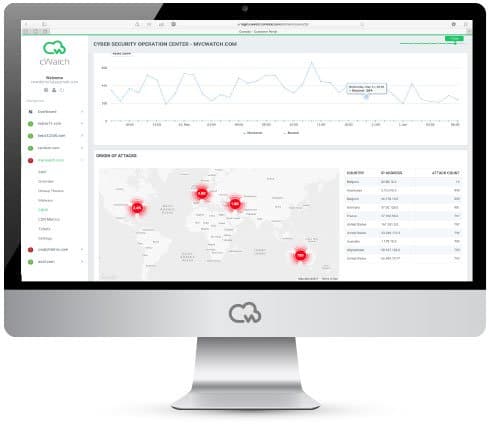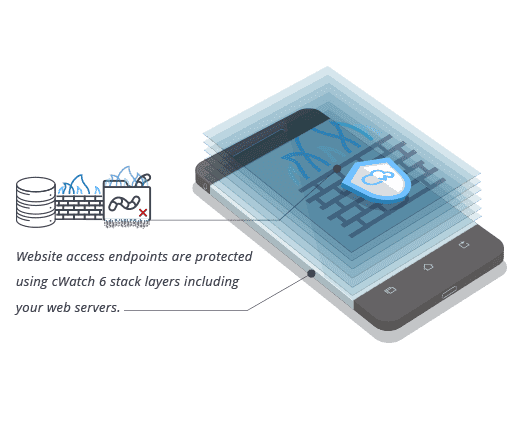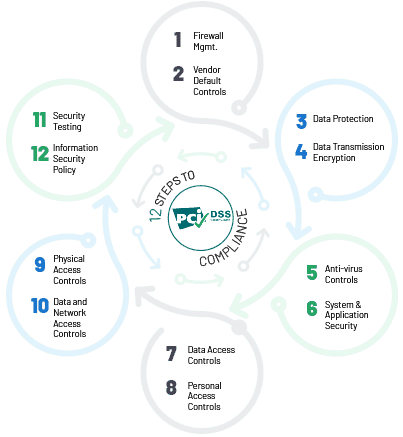Is this URL safe? - Today, if you do not use a tool or service that detects malicious websites, you will eventually land on a site that is infested with malware and will download that malware onto your computer, tablet, laptop, or phone. However, you can avoid becoming a victim of malware by using one of several tools that will test the security of a website before visiting it to determine, is this URL safe. This post describes how to test a suspicious link without actually clicking on it. It focuses on lengthening short links, verifying unsolicited emails, and decoding website links with unusual character strings. It includes general safety tips such as using link scanners and anti-malware or antivirus software to avoid suspicious links to know "is this URL safe".
Inspect Short Links
If the URL of your link is too short, this could indicate that it is dangerous. While link-shortening services like Bitly are popular and widely used for creating shorter links, malware distributors and phishers use link-shortening to conceal the true destinations of their links to hamper is this URL safe. Use a link-expansion service to find the true destination of a short link. Some link-expander websites will say "bad sites. to the suspicious links" Another option to determine "is this URL safe", is to install a browser plug-in that will display the destination of a short link when you right-click on it.
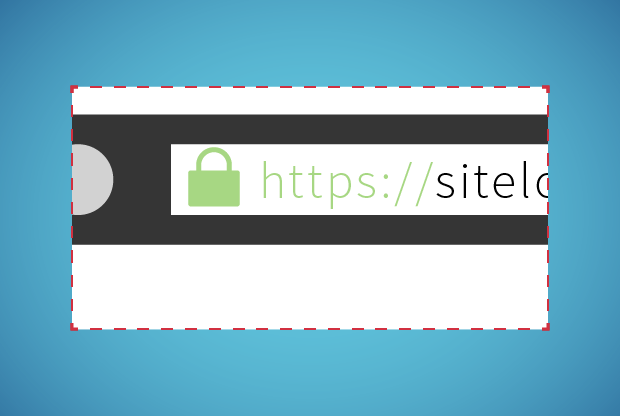
Verify Links in Unsolicited Emails
A common phishing method is to send an email that seems to be from your bank. These emails usually instruct recipients to "verify your information" by clicking a link that leads to the bank's website. If you received an unsolicited email from your bank asking you to click a link, you are most likely the victim of a phishing attack before knowing "is this URL safe". Even if the link to your bank seems to be legitimate, do not click on it. Enter the address of your bank's website into your web browser or navigate to a bookmark to verify "is this URL safe". This advice also applies to unsolicited texts from your "bank."
What makes you think - Is this URL safe?
Weird looking URL
When an imposter website looks exactly like the real thing, but the URL doesn't match, it's a dead giveaway that it's a typosquatting site. Check URLs in the address bar for suspicious misspellings, punctuation, or possibly long and garbled text to determine "is this URL safe". If your web browser only displays the domain rather than the full address, you may need to click on the address bar to reveal the full URL. In addition, if you see a suspicious link in an email or on a website, hover over it to preview the URL before clicking through to verify, is this URL safe.
Unwanted downloads
If a site aggressively prompts you to download an app or install a Flash Player update, or claims that your computer is infected by a virus, that’s a big sign something fishy is going on to understand is this URL safe. Before you click on a button to run a (fake) antivirus scan or remove a virus that was just identified on your system by some random website, know that this is one of the oldest tricks in the book. Don’t install anything because you’re likely to get infected by some form of malware.
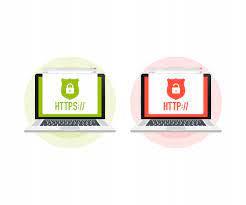
Strange behavior on a legitimate site
Is this URL safe? - If you search for Amazon.com and instead see pages advertising weight loss tips or hot stock tips, this could indicate that the site has been compromised without the website owner’s permission. A watering hole attack is a hacking technique in which a frequently visited website is compromised and used to infect users with malware.
No SSL certificate/HTTPS
Encryption is now used on the majority of major internet sites to verify "is this URL safe". According to Google, the use of encryption increased from 52% in 2013 to 77% in 2016. Legitimate sites that handle sensitive information will utilize encryption, which is usually denoted by a padlock and HTTPS in the URL to determine "is this URL safe". A fake site is unlikely to be secure, but hackers are starting to set up their own secure phishing websites as well.
Warnings from security tools
If anyone sends you a link to a strange-looking website, don't just click on it or type in the URL. Instead of going directly to the site, you can use tools to verify, is this URL safe. These tools determine whether the website is listed on blacklists of known malicious sites maintained by security organizations. Search engines may also flag potentially dangerous websites, so it may be worthwhile to look up suspicious websites on Google to know "is this URL safe" before visiting them.
Is this URL safe? - Check with Comodo
Check a suspicious website and protect your device with the best web security by Comodo. Knowing "is this URL safe", Comodo includes malware removal, site monitoring and protection, and a complete production suite. You can check any URL/website link with cWatch Online Website Scanner for free to know "is this URL safe"! Visit for more.


